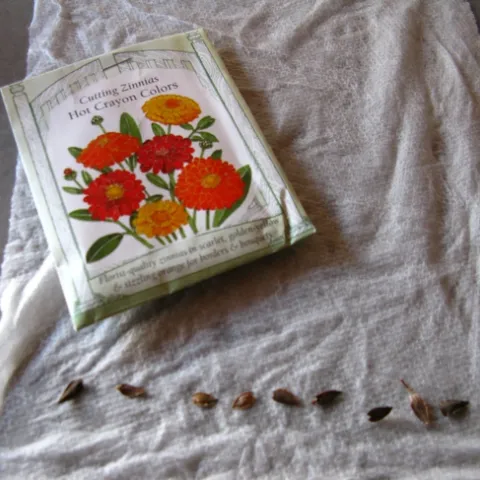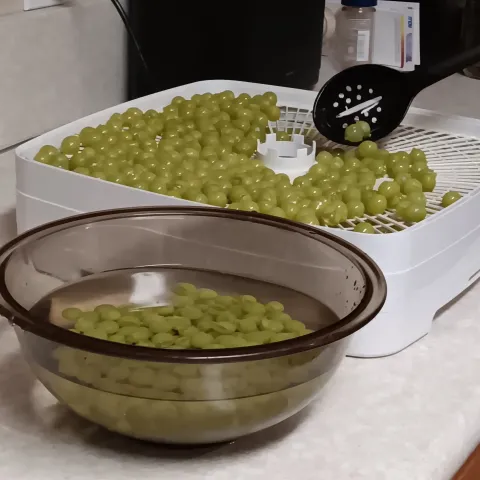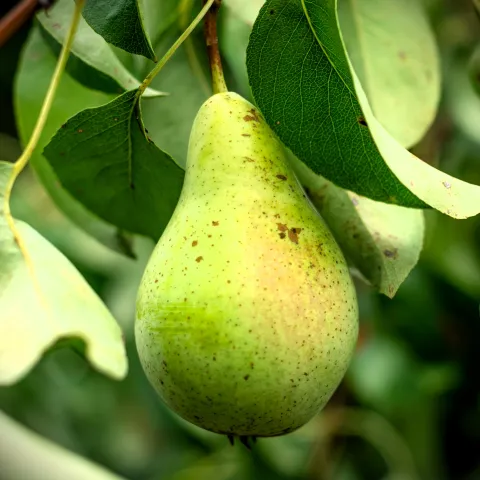The Backyard Gardener

A Gardening Blog for the East Side
The climate of the Eastern Sierra is very different from most of California and so gardening here is different, too!

In this blog we examine some of the quirks of gardening on the East Side, and cover horticultural issues that are important locally. Note that if you're visiting our site from the outside our little corner of California, you may find this information may not apply to your area.
Articles are written by local UC Master Gardener volunteers or the local Farm Advisor.
And a website...
The Inyo-Mono Master Gardeners also have a website with local gardening and soil information. Visit it to learn more about our program and gardening.
We are part of UC Cooperative Extension in Inyo and Mono counties.





